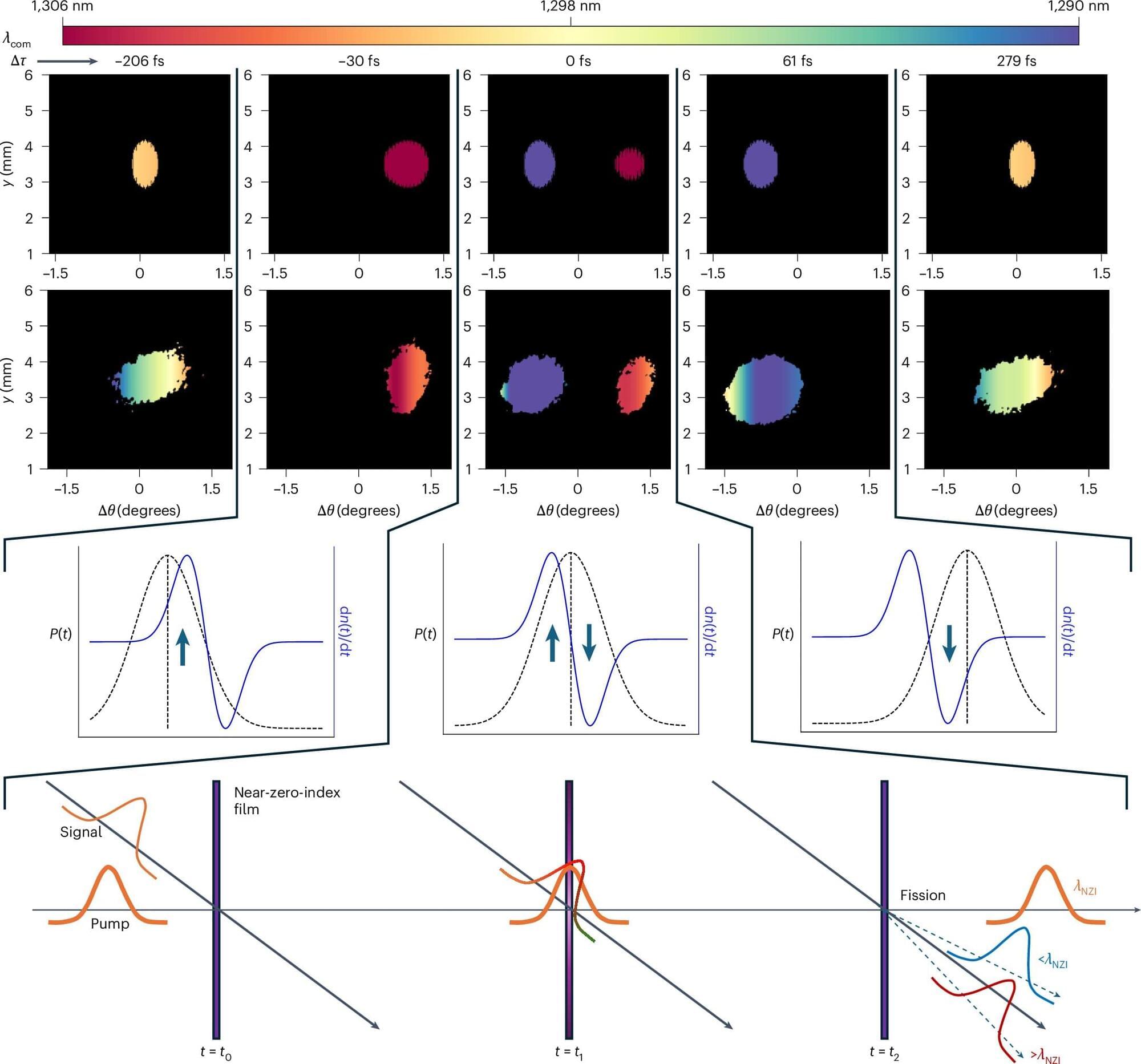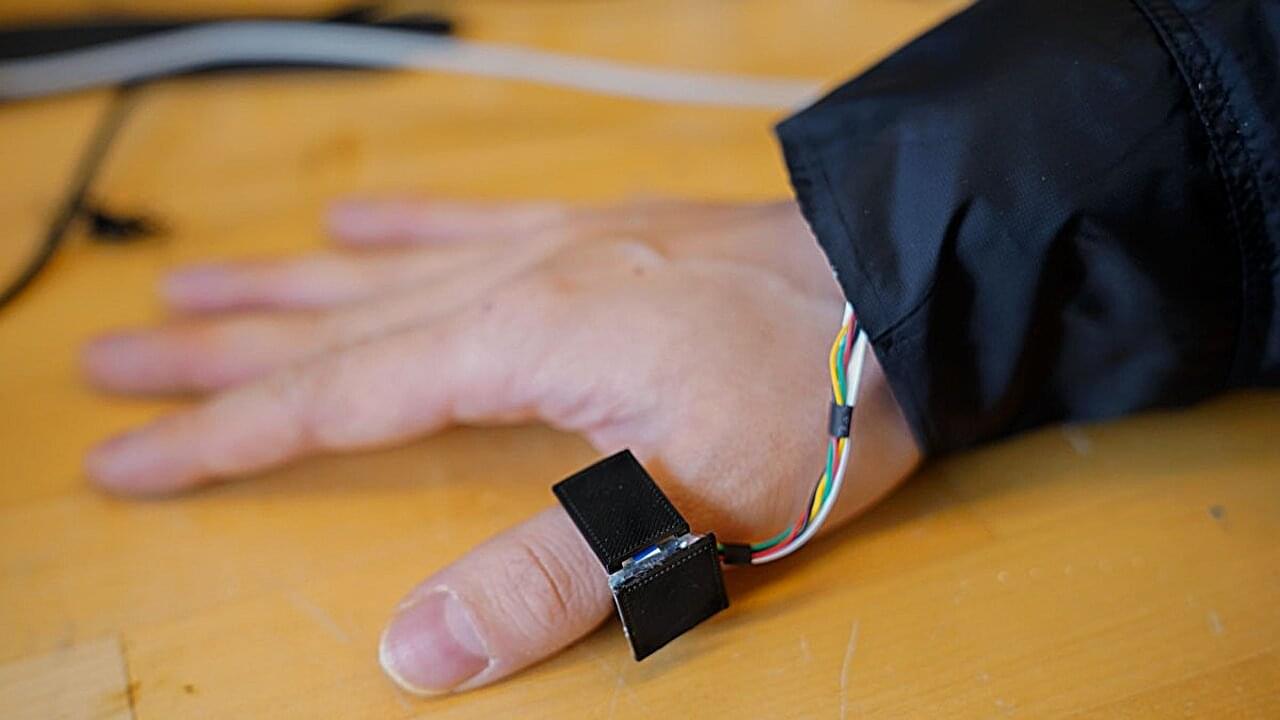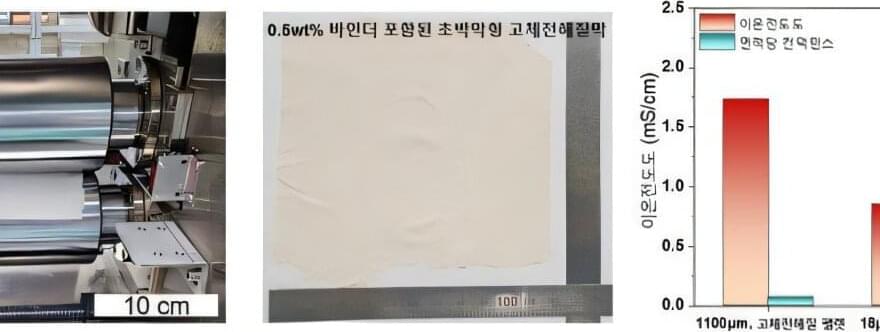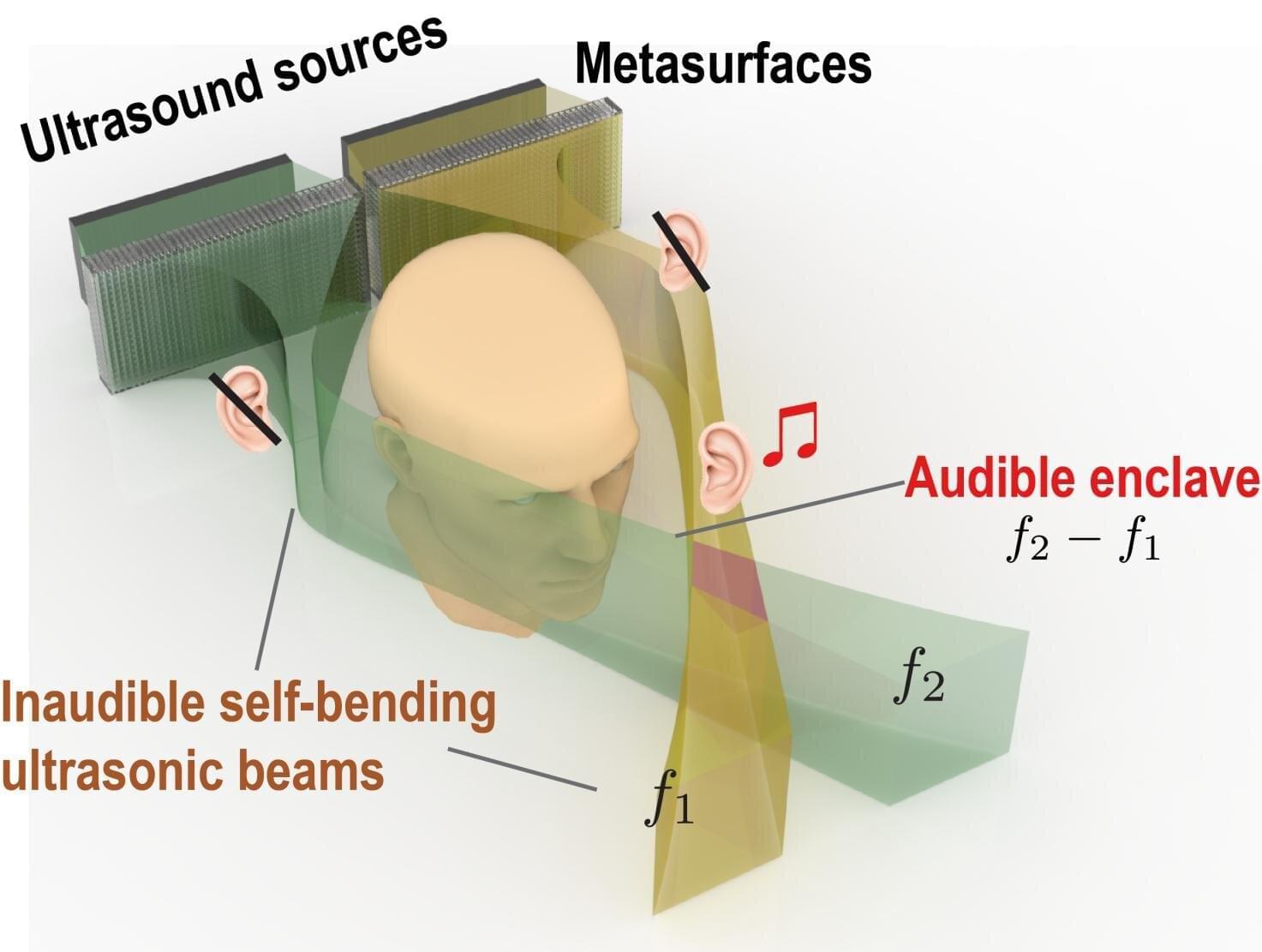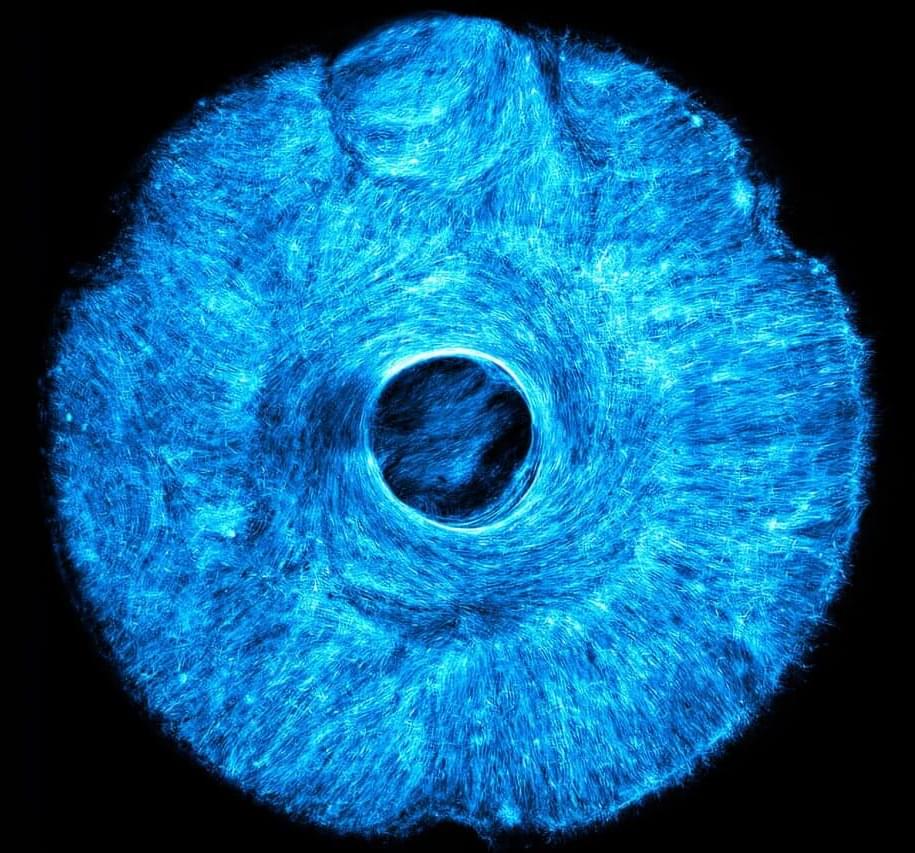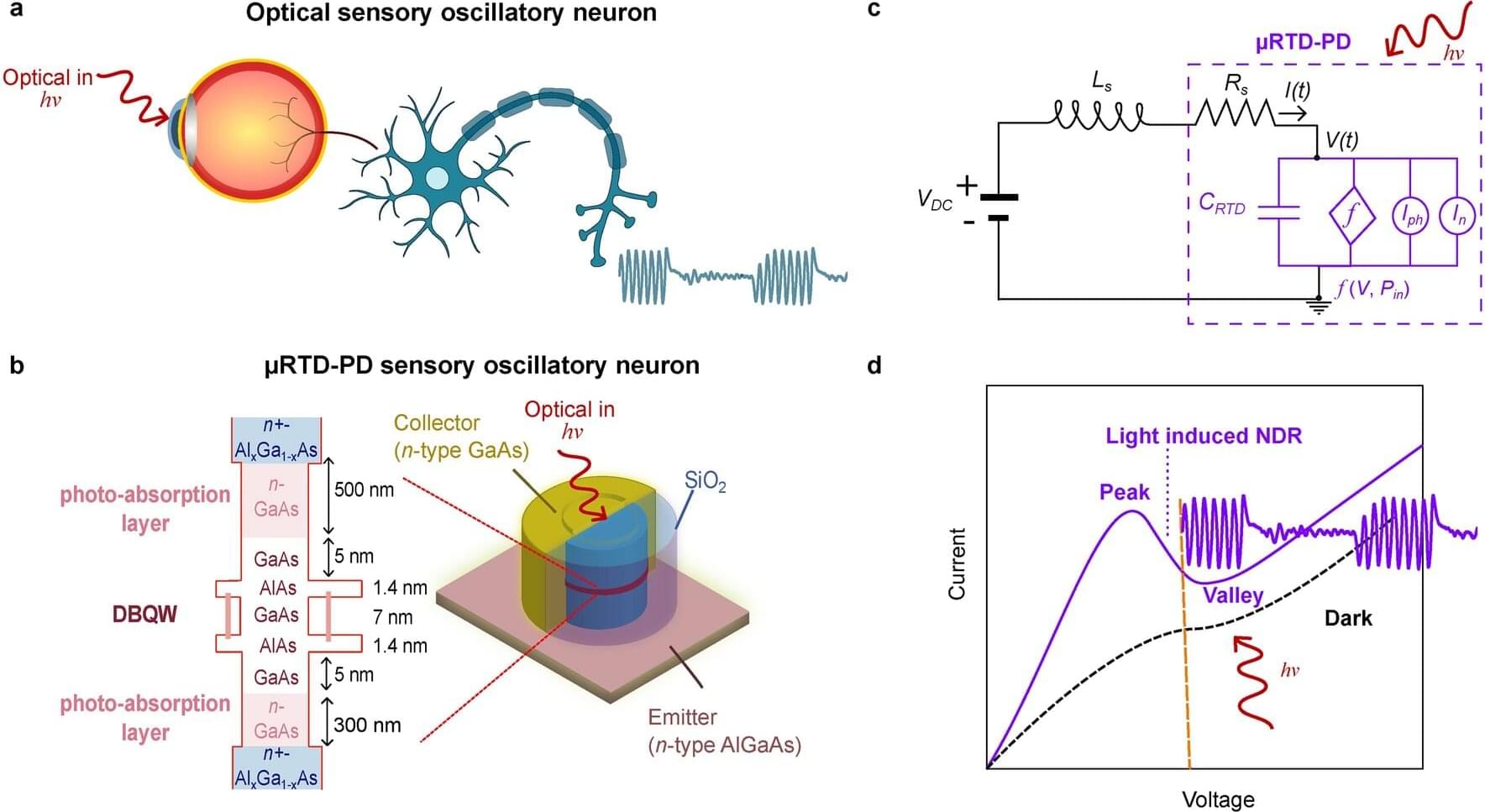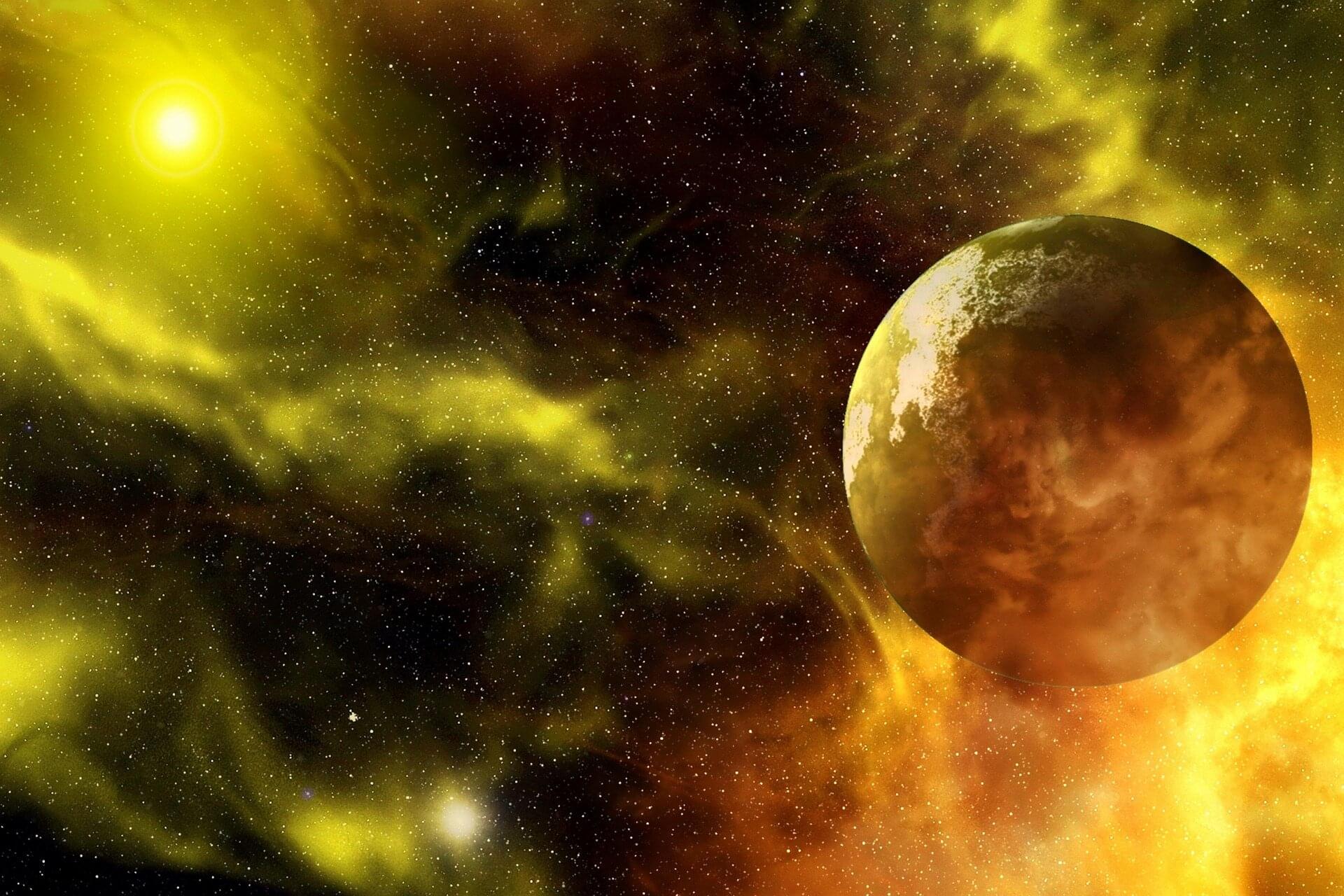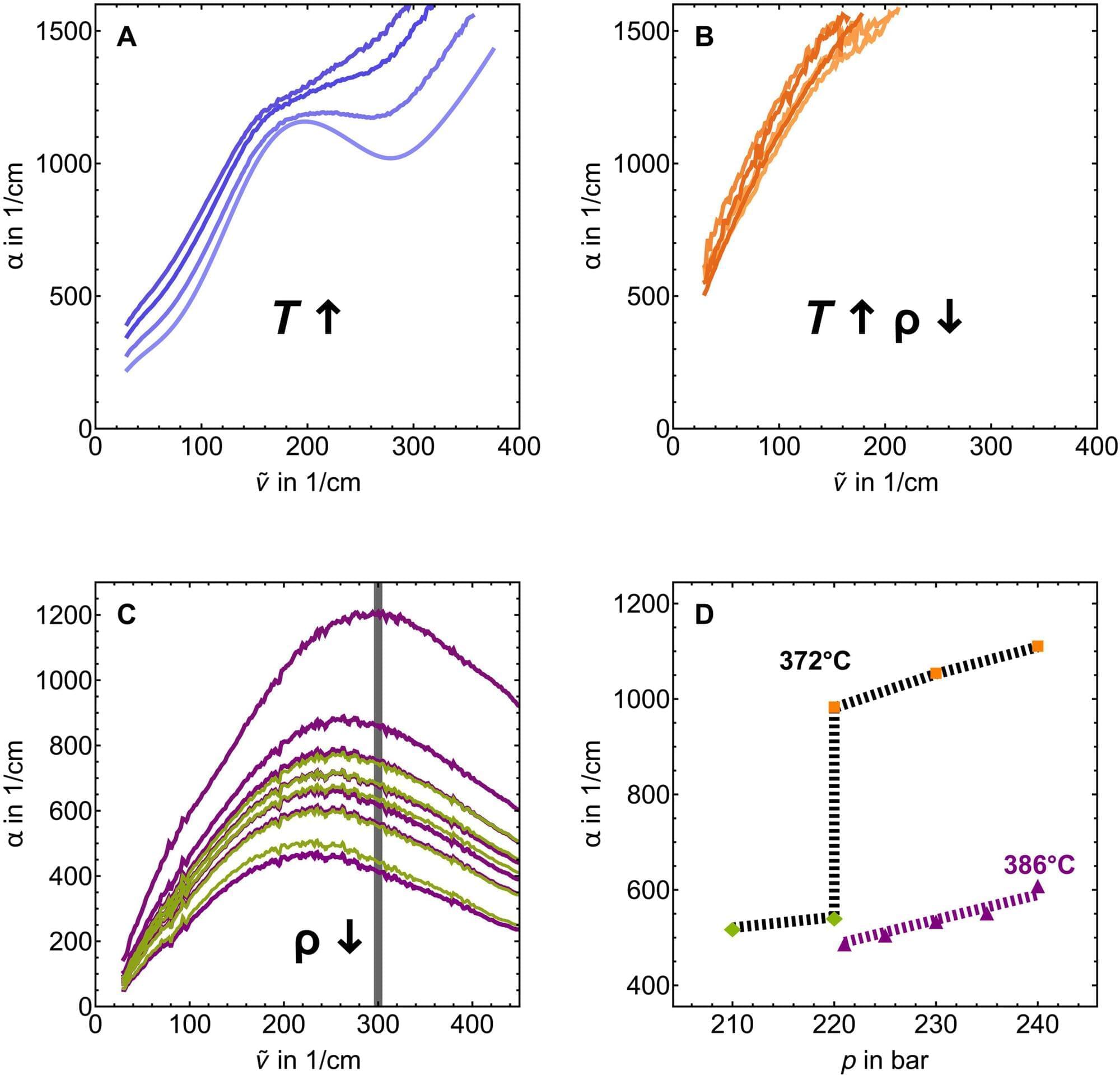Researchers at Heriot-Watt University have made a discovery that could pave the way for a transformative era in photonic technology. For decades, scientists have theorized the possibility of manipulating the optical properties of light by adding a new dimension—time. This once-elusive concept has now become a reality thanks to nanophotonics experts from the School of Engineering and Physical Sciences in Edinburgh, Scotland.
Published in Nature Photonics, the team’s breakthrough emerged from experiments with nanomaterials known as transparent conducting oxides (TCOs)—a special glass capable of changing how light moves through the material at incredible speeds. These compounds are widely found in solar panels and touchscreens and can be shaped as ultra-thin films measuring just 250 nanometers (0.00025 mm), smaller than the wavelength of visible light.
Led by Dr. Marcello Ferrera, Associate Professor of Nanophotonics, of the Heriot-Watt research team, supported by colleagues from Purdue University in the US, managed to “sculpt” the way TCOs react by radiating the material with ultra-fast pulses of light. Remarkably, the resulting temporally engineered layer was able to simultaneously control the direction and energy of individual particles of light, known as photons, a functionality which, up until now, had been unachievable.
